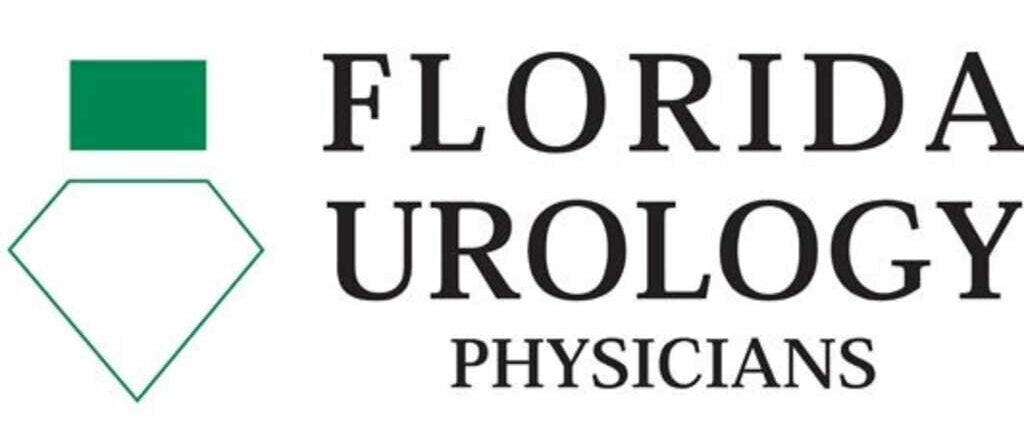What is Interstitial Cystitis (IC)?
Also known as painful bladder syndrome, interstitial cystitis is a chronic inflammatory condition of the bladder. Symptoms may vary widely from person to person, and may include a frequent urgent need to empty the bladder, pain in the bladder and pelvis especially with a full bladder, and pain with vaginal intercourse. Some people may experience lower back and groin pain as well. Patients are often treated for what is thought to be a urinary tract infection, however urine tests and cultures are typically negative, and the symptoms do not respond to antibiotics. While children and men may suffer from interstitial cystitis, it is primarily most common in women. It is estimated by the National Institutes of Health that over 3 million women suffer from this condition.
The cause of interstitial cystitis is not clearly understood, but there may be some association with general inflammatory conditions of the body, such as autoimmune syndromes. Many patients with interstitial cystitis may also suffer from fibromyalgia and irritable bowel syndrome. There is not a specific test for IC, and the evaluation is done to rule out other causes for the patient's condition. There is no known cure for interstitial cystitis. A thorough history and physical examination is essential in the diagnostic workup of painful bladder symptoms. Testing may include urine tests, lab studies, and imaging of the pelvis with ultrasounds or CT scans. Looking at the bladder with a lighted scope (cystoscopy) may be done as well. Distending the bladder with fluid through a cystoscope requires anesthesia, and has someone fallen out of favor as a diagnostic tool. However, approximately 50% of patient experience symptomatic improvement following the procedure.
I have treated patients with interstitial cystitis for almost 20 years, and have seen that treatment results vary from patient to patient. Patience and commitment to the plan of treatment is essential. Treatment includes self-help measures, such as exercise, diet and fluid therapy, physical therapy and bladder retraining. There are also oral medications, and medications instilled into the bladder to help reduce pelvic pain and bladder overactivity. A sacral nerve stimulator may be placed as a “pacemaker” for the bladder to improve urinary urgency and frequency.
Lee Ann Boyd, MSN, ARNP, CUNP
Florida Urology Physicians
7451 Gladiolus Drive
Fort Myers, FL 33908
To learn more about CI or to inquire about an appointment with Lee Ann, please call our office at 239-689-8800 or request an appointment online through our MedFusion option.



